Tag: baritone
-
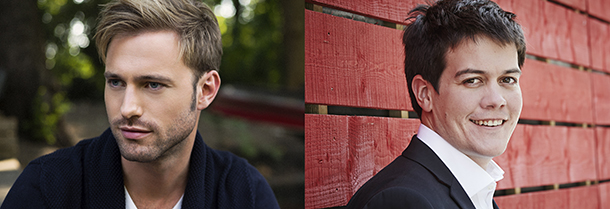
-
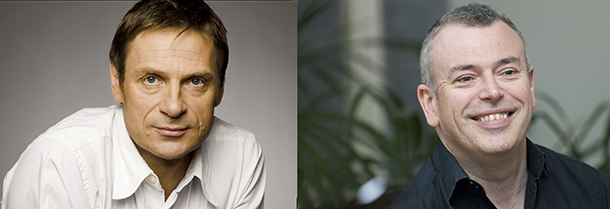
PROGRAM NOTES: SIR SIMON KEENLYSIDE
Johannes Brahms Songs from Opp. 6, 72, 86 & 96 It may be surprising to learn that while Brahms is universally revered as a giant of 19th-century instrumental music, he is often listed as one of the lesser composers of 19th-century art song. This may be because the texts he chose to set were for…
-
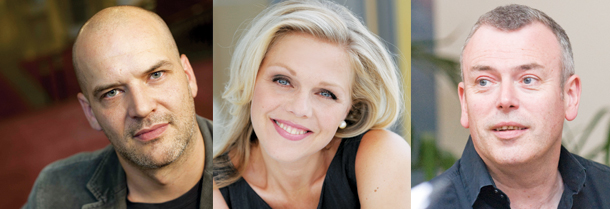
PROGRAM NOTES: FLORIAN BOESCH AND MIAH PERSSON
The Songs of Robert Schumann Robert Schumann was a composer steeped in literature. His compositions bear the dual imprint of both German musical and literary Romanticism. Literature was the family business, one might say, as his father, August Schumann, was both a publisher and a bookseller in Zwickau, Saxony, where the composer grew up. He…
-
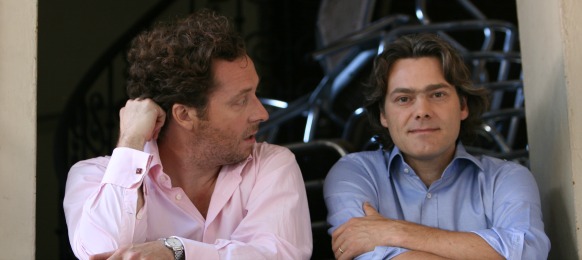
PROGRAM NOTES: CHRISTIAN GERHAHER & GEROLD HUBER
By Christian Gerhaher This programme of poems by Johann Wolfgang von Goethe set to music by Franz Schubert and Wolfgang Rihm was conceived as a tribute to the eight great poetic hymns written during the poet’s Sturm und Drang period of the 1770s and 1780s. I had always regretted that Schubert had set only three…
-
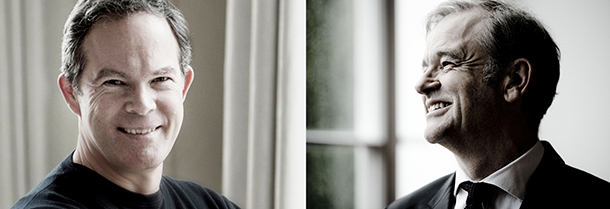
PROGRAM NOTES: GERALD FINLEY & JULIUS DRAKE
Franz Schubert: Die Winterreise The art songs of Franz Schubert lie at the foundation of the lied genre itself, and at the pinnacle of Schubert’s lieder output stands Die Winterreise, a song cycle remarkable for its vivid musical portraits of the human heart smarting from the pains of love lost, and stoically resigned to the…
-
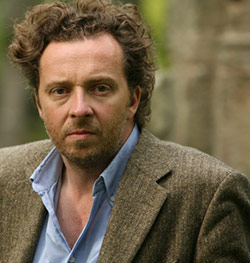
LEILA GETZ: ONE OF THE MOST PERFECT CONCERT EXPERIENCES OF MY LIFE
Last night I had one of the most perfect concert experiences of my life. I have been attending a conference of music managers and presenters in Budapest. I discovered that baritone Christian Gerhaher was singing an all-Schubert song recital in the Vienna Konzerthaus. It was sold out, but after 33 years in the concert presenting…
-
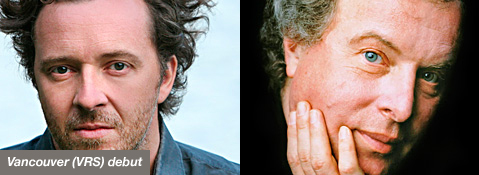
PROGRAM NOTES: CHRISTIAN GERHAHER AND ANDRÁS SCHIFF
Ludwig van Beethoven An die ferne Geliebte Adelaide, Op. 46 An die ferne Geliebte, composed in 1816, stands proudly at the beginning of Christian Gerhaher’s recital as the first important song cycle from any composer, that is, a series of songs in which the constituent numbers are linked together by a theme or narrative of…
-

AN INTERVIEW WITH RODION POGOSSOV
Thank you for taking time out of your busy schedule. Where are you today? I’m in Hamburg right now, singing my first Verdi role in the opera “Don Carlos” at the Hamburgische Staatsoper. When did you realize you wanted a career in music? I was inspired at the age of 17 by my teacher and…
-

PROGRAM NOTES: RODION POGOSSOV
Alessandro Stradella: “Pietà, Signore” Orphaned at the age of eleven, Alessandro Stradella went on to lead one of the most colourful lives of any composer who ever lived. He was involved in Mafiaesque schemes, had a reputation for womanizing, got himself wounded by pursuing avengers, and was eventually murdered. In between all this he found…
-

AN INTERVIEW WITH FLORIAN BOESCH
Thank you for taking time out of your busy schedule. How did the New Year start for you? The New Year started with a Messiah concert in Zurich and then 5 days skiing with the kids and friends in Vorarlberg. That‘s a very good start! Who are the great influences in your life and in…

